Health and Wellness
How to Stop Waiting in Line for Your Doctor’s Appointment
There comes a point in time when you’re not feeling well and go to the doctor or clinic, only to have to wait in a room full of other people who have been sitting there for longer than you.
Add crying children and other people talking loudly on the phone, and you have a terrible experience in general.
However, this doesn’t have to happen. Here’s how you can skip the long wait times and get the medical care you need:

1. Call before your appointment
Once you’ve scheduled an appointment, it doesn’t really take much to call in advance to know if your doctor will be running late.
Doing this will not only prepare you for the longer wait time, but it also gives you an extra window or two to duck out for a quick snack or even an errand, so you don’t have to constantly worry about not being able to do other things because of your appointment.
2. Pick the first appointment available
Clinics are always full of people, especially since they are designated spots for many non-serious illnesses, so don’t be surprised when you get there at noon or in the afternoon only to find the lobby or waiting area full.
So while it may be a little difficult to wake up early in the morning (though many doctors don’t always hold appointments too early), it’s still much better than having to wait along with so many people.
And be sure to come on time! Even if the doctor happens to be running late, getting there first means that you will be seen to before other patients, and you won’t have to wait as long.

3. Bring your medical history and medications
Bringing a list of your medical history and medications only looks like it’ll slow you down, but in reality, it gets you taken care of faster and much better. This means that there’s less time spent finding out what’s wrong with you, and more time spent prescribing what will make you better.
Once the doctor or clinician already has your medical history, it becomes much easier to communicate and smoothens the triage process.

4. Mind the paperwork
Perhaps the easiest way to cut the wait time down in half is to simply fill out the paperwork beforehand, and you can do this by asking for the documents to be emailed to you so you can fill it out before the appointment.
Doing this before actually going to the doctor can give you several advantages: it not only allows you to spend more time completing the questions, but it also lets you actually read and understand the fine print that comes with them.
What You Need to Know About Shingles
You might have heard of the name shingles when you came to the doctor to consult painful rashes, but this is a more serious form of infection that regular heat rash because it is caused by a varicella-zoster virus that is also part of the same type of virus responsible for chickenpox.
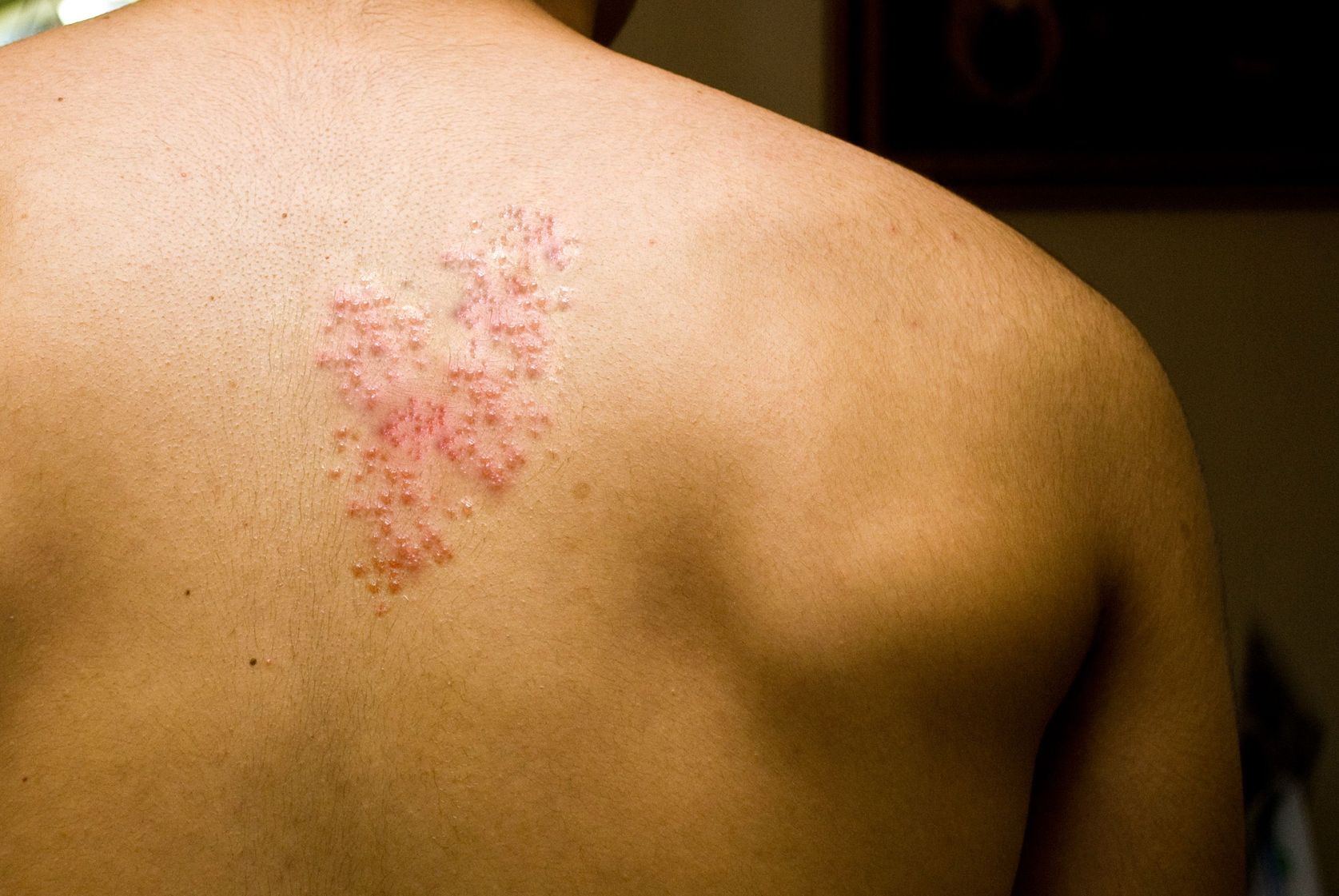
What is Shingles?
If you have had chickenpox in the past, the virus can lie dormant in our body and reappear as shingles years later. Some individuals who have had vaccines against shingles can still experience them, although the rashes will not be as painful as without the vaccine. If left untreated, shingles can cause complications and infections, but it is not necessarily a life-threatening disease. Shingles is not contagious, but the virus can be passed to other people especially if there are members of the family who have not yet developed a resistance against chickenpox. If you have had chickenpox before, this is also not a guarantee that you will not get shingles, because these are caused by different viruses although they belong in the same group.
What are the Symptoms?
Shingles exhibits the same symptoms as chickenpox, such as red rashes, pain or numbness all over the body, appearance of blisters with fluids or crusted blisters when they are broken, itching, fever, headache, fatigue, and sensitivity to light. There are some people, however, who experience the other symptoms without the any rashes appearing on the body. Sometimes, the rashes only appear on one side or one area of the body.
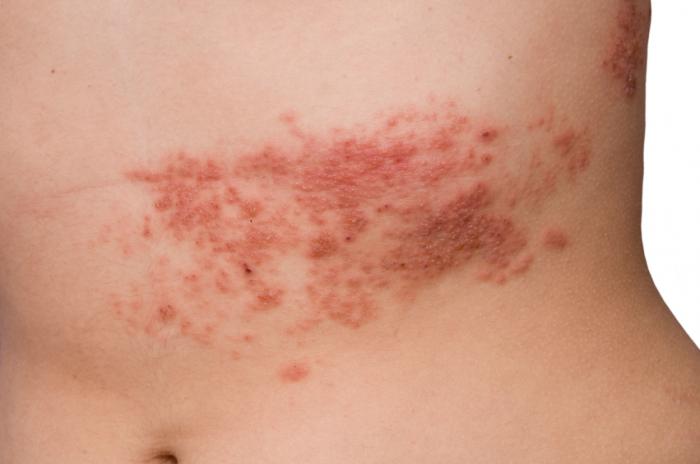
What are the Treatments?
If the rashes are very painful and if they appear on different parts of the body, you need to consult a doctor. People with weak immune systems due to other conditions and the elderly must also seek treatment. If the rashes also appear near the eyes, it must be treated by a doctor to prevent complications and infections that could potentially damage the eyesight. If the severe symptoms are left untreated, the person will likely lose his/her vision, experience postherpetic neuralgia or pain in the damaged nerve fibers, encephalitis, hearing problems, facial paralysis, balance problems, and skin infections. There is no cure for shingles, but the doctor might recommend medications for the pain and to avoid complications.
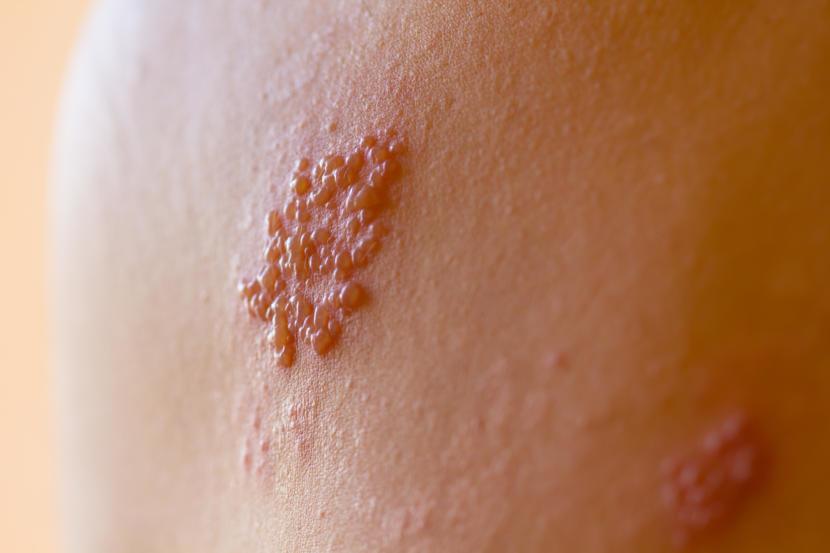
What are the Vaccines?
Fortunately, there are ways to prevent shingles or lessen the symptoms and course of the condition if you do get them; these are chickenpox and shingles vaccines. The former is called varicella vaccine which is available in Singapore as part of the routine vaccination of children, while the shingles vaccine or varicella-zoster vaccine is also given to children and the elderly aged 50 years and above who were not given the vaccine. For those who still get shingles even after being vaccinated, the condition should only last for a maximum of 6 weeks, but it is also possible to experience it more than once.
5 Easy Ways to Manage Allergic Rhinitis Symptoms
Dealing with Allergic Rhinitis can be difficult, especially if you have no idea where to start. For once, you can always opt to avoid allergens – but given their miniscule size, it would be hard to do so. Sometimes, avoiding allergens alone isn’t enough to help ease your symptoms as well. There are other environmental factors and external triggers which may be the reason behind your allergic reaction.
There’s no need for you to panic. The good news is, easing the symptoms of the condition can be as easy as ABC. In order to manage how you deal with an allergic rhinitis better, here are some of the things you can easily do within the comforts of home:

1. Clear nasal passages with saline solution (or salt water).
This is an effective home remedy which is famous for treating a stuffy nose. There are store-brought saline spray available at several drugstores, but you can also easily make one at home. Combine 1 cup of warm water, a pinch of baking soda, and ½ teaspoon of salt. This saline nasal spray is ideally to be used around 3 to 4 times daily.
2. Use a humidifier at home.
In managing mild sinus infections, having a humidifier at home can be a lifesaver at times. The device adds humidity to the air which is good for sinus health. If the air is too dry, sinuses and the clogged mucus in your nose cannot flow properly. The sinuses also won’t drain well as they normally should.
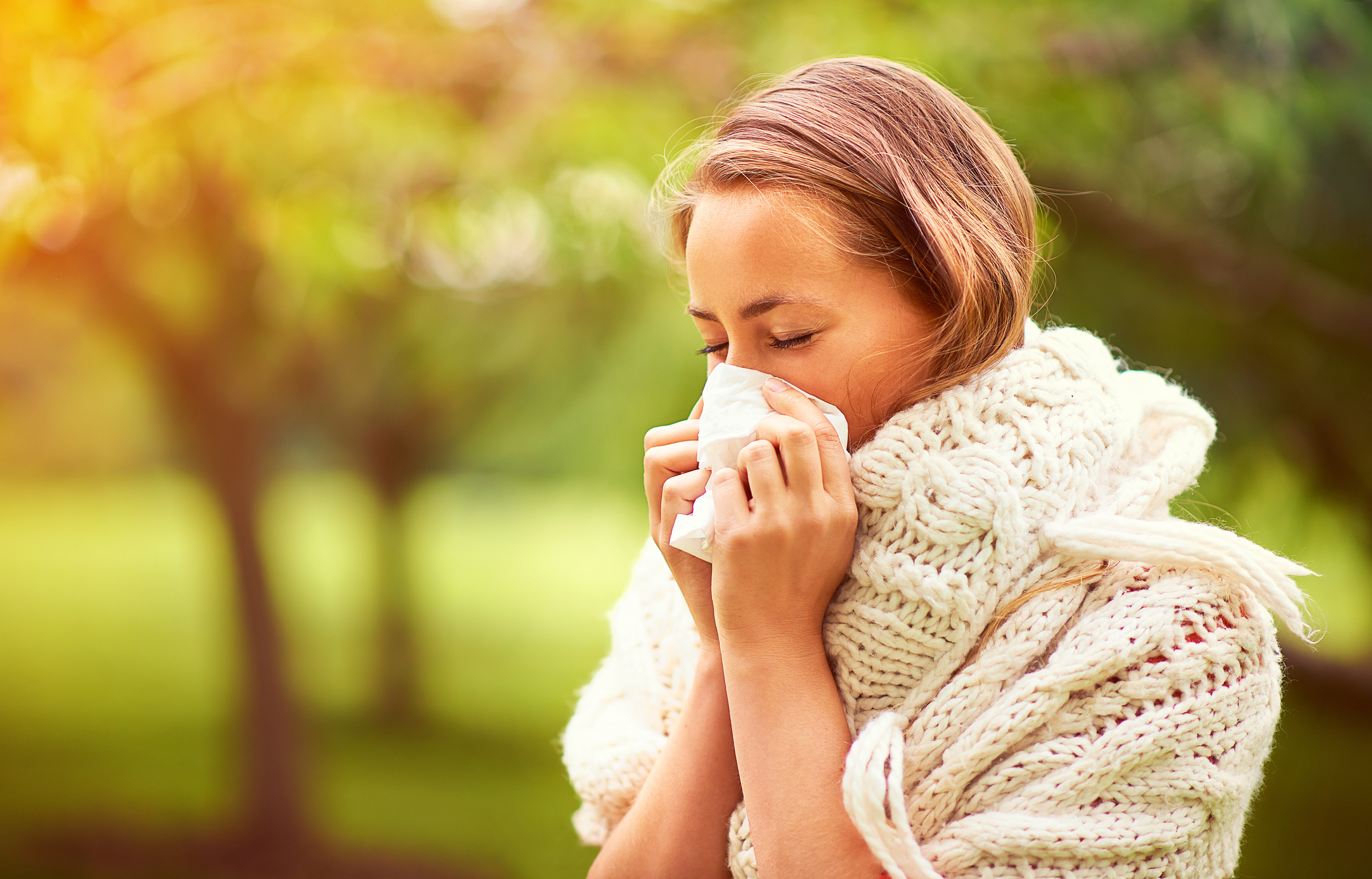
3. Drink plenty of water.
By staying hydrated and drinking plenty of fluids, the mucus buildup in your nasal passages will grow thinner – allowing congested sinuses to easily drain. Drinking more water on the daily, for example, can help relieve the pressure attributed to having a stuffy nose. Other than water, warm beverages are also effective in opening up congested sinuses. If you’re looking for something different, help yourself to steamy cups of tea!
4. Avoid tobacco smoke.
Cigarette smoke is said to affect the lining of your sinuses, and is further notorious for making your sinus membranes to swell. This is considered to be a leading cause of acute/chronic sinusitis. If you’re seeking to relieve the symptoms you’re suffering from an allergic rhinitis, you’re best off staying away from the presence of tobacco smoke. If your friends or colleagues are on a smoke break, allow yourself to enjoy a quick stroll instead. Breathe in the fresh air!
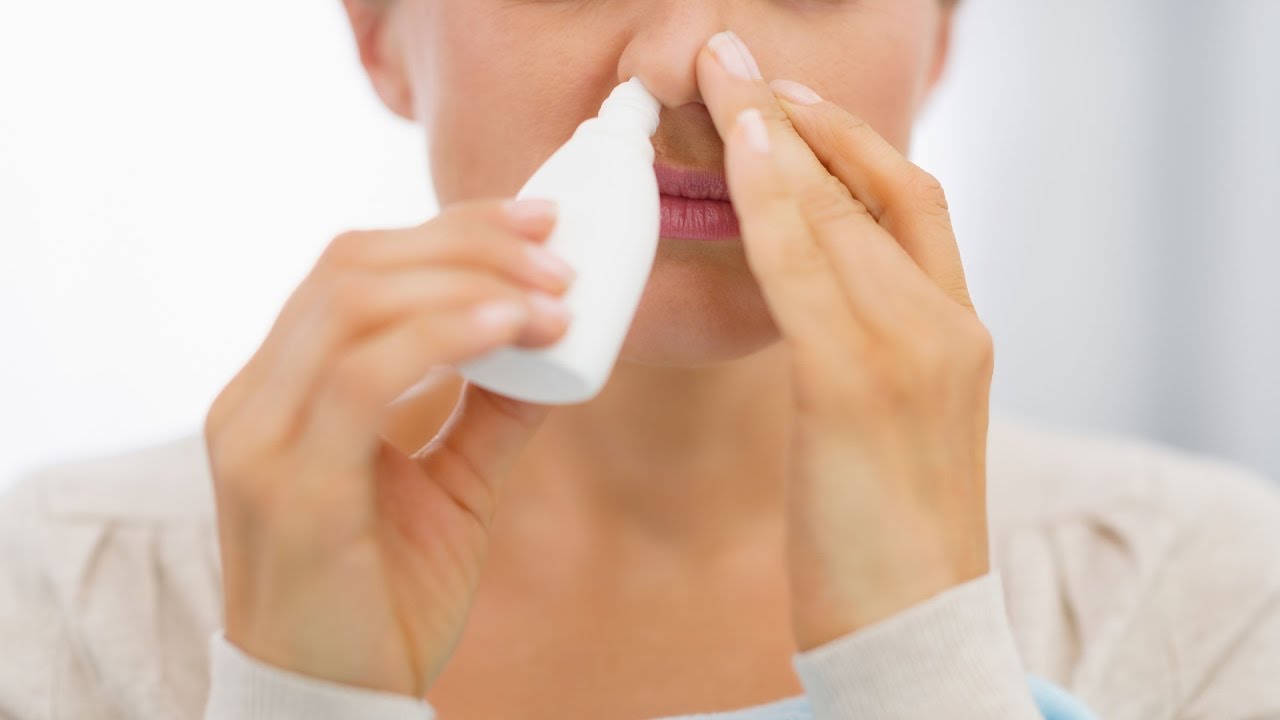
5. Try OTC allergy medicines.
Allergic rhinitis is generally an allergic reaction. In order to ease the symptoms, you can try taking over-the-counter allergy medicines. There are several antihistamines and other allergy drugs which may help you deal with the condition efficiently – such as easing your runny nose, itching, watery eyes, and excessive sneezing. You can also buy them even without a doctor’s prescription.
A Quick Guide to Juice Fasting
Juice fasting is becoming more popular as a way to cleanse the body and reset physiological body processes that have been affected with toxins, pollutants and food laced with preservatives.

However, juice fasting alarms people who want to try it. Will I have frequent bowel movements? Will I get hungry easily? What fruits and veggies should I buy?
Let this quick guide be a rundown of the necessary things you need to know about juice fasting.
What to Eat
The juices you drink when fasting are not the typical ones you can buy in stores, but fresh fruits and vegetables compressed by a juicer. Most fasting consists only of drinking such juice and nothing else. If you have more active lifestyle, occasional meals may be required; but it’s important to keep the food clean and unprocessed.
Grocery Shopping
One benefit of juice fasting is that it makes grocery shopping easier. Just buy fresh produce! Pick those with high water content, such as apples, carrots, beets, celery, berries, lemons, oranges, ginger, and leafy greens.

As a rule, it’s okay to experiment. A little bit of experimentation and curiosity can make surprisingly good concoctions and make juicing much easier to bare.
Discomfort and Energy
Discomfort and energy is the most common concern when juice fasting.
Over the long run, juice fasting will make you feel better and healthier. Over the short run, it can be varied. Depending on the state of your current health, results can vary from highly energetic to sick and bed-ridden.
However there are a couple of things you can do to make fasting as comfortable as possible:
- Keep your calories up
- Avoid strenuous physical activities
- Drink plenty of water
Daily Routine
Juice fasting requires much more effort than regular eating. Juicing takes a while because you’ll have to juice enough to sustain you for a whole day. The best way to do this is to juice as much as you can in the morning—ideally a small or medium pitcher size. This could take an hour or more, so make sure to schedule your day accordingly.
Juice fasting is some serious, life-sustaining stuff. So drink with pleasure and enjoy knowing you’re taking good care of yourself.
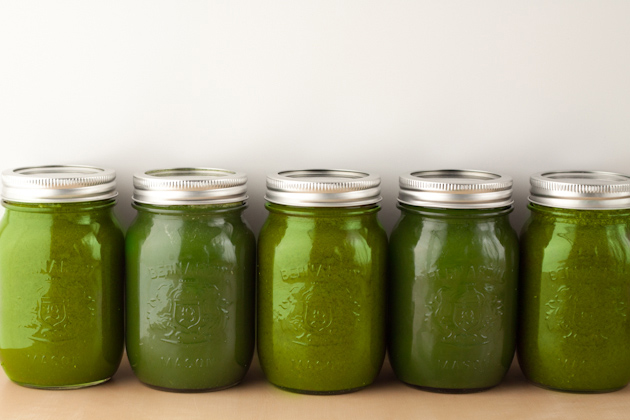
Amazing Benefits of Kissing
Everyone enjoys kissing. Who would not enjoy it more if they will know that it has many health benefits? We originally thought that kissing is only the most common expression of love or our prelude to intimacy but we have to know that it has a lot of exciting benefits which are good for the body.
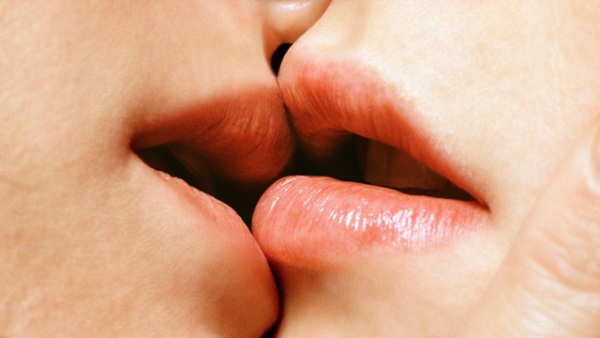
These benefits will surely increase the frequency of kissing. What is wrong with that? So, here are the benefits that we should be happy about:
- It makes us happier: We have a good job and good house here in Singapore but kissing will make us happier. When we are down, kissing is the instant fix. We will be surprised that kissing can immediately uplift our mood and spirit.

- It conditions the heart: Heart-related diseases are common here in Singapore. We can combat it by exercise and eating the right kind of food but have we considered kissing? Yes, kissing can condition the heart. It can release adrenaline together with other hormones that can stimulate the circulation of blood in the body. It can regulate our blood pressure.
- It can relieve stress: Our lives can be demanding sometimes. It can bring a lot of stress of we do not do something about it. Well, this is not a problem because as long as we engage in kissing, the body will release endorphins which are considered the “feel-good” hormones.
- It can liberate us from pain: When we are in pain, it is a discomfort. Kissing can do something about it. It can help release dopamine, oxytocin and phenylethylamine which give pleasure and euphoria.

